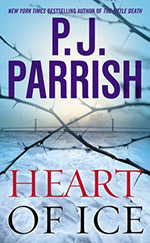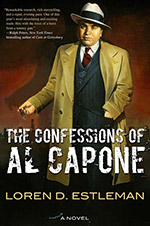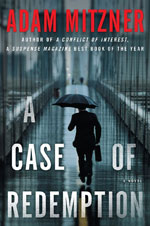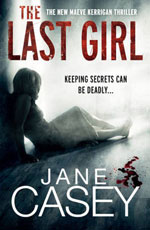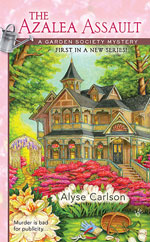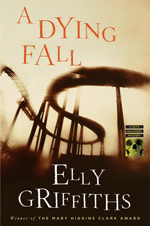Michael Harvey: The Chicago Way
This is a stunning debut novel. Featuring Chicago P.I. Michael Kelly, Harvey manages to take the very tired old formula, initiated by Raymond Chandler, and somehow make it fresh and new. His P.I. is a tough Irish ex-cop, with an educated heart of gold. He reads Aeschylus in his spare time. The vengeful, bloodthirsty stories told by the ancient Greeks have plenty of relevance in Kelly’s 21st century life.
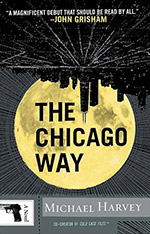 We’re introduced to Kelly in the most classic of ways: his old partner walks into his office and asks for his help. Neither the P.I. or the cop code of honor allows not helping out an old partner, and Kelly is all in. The story his old buddy, Gibbons, has to tell is horrible and gripping enough to get anyone’s attention. Gibbons has always been haunted by the brutal rape of a young woman who was stabbed while it happened and left for dead. She’s reached out to him and asked for his help in finding her rapist, who was never caught. Gibbons had been talked into forgetting the rape by his superiors, but a letter from the victim is a whole other story. He wants someone from outside the department to help.
We’re introduced to Kelly in the most classic of ways: his old partner walks into his office and asks for his help. Neither the P.I. or the cop code of honor allows not helping out an old partner, and Kelly is all in. The story his old buddy, Gibbons, has to tell is horrible and gripping enough to get anyone’s attention. Gibbons has always been haunted by the brutal rape of a young woman who was stabbed while it happened and left for dead. She’s reached out to him and asked for his help in finding her rapist, who was never caught. Gibbons had been talked into forgetting the rape by his superiors, but a letter from the victim is a whole other story. He wants someone from outside the department to help.
